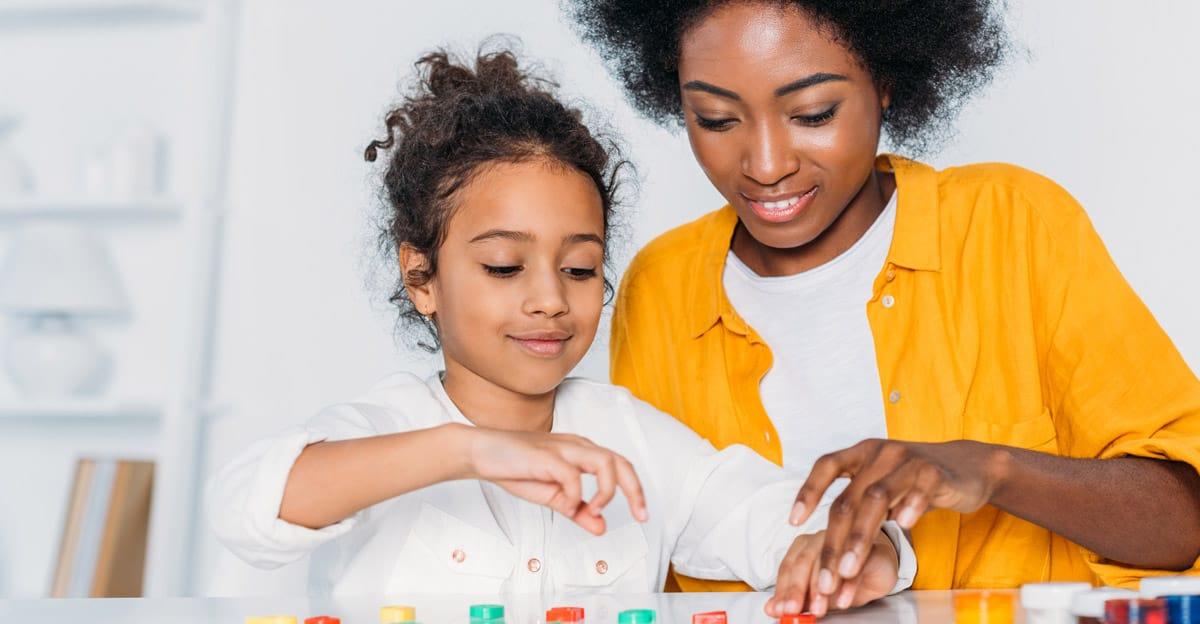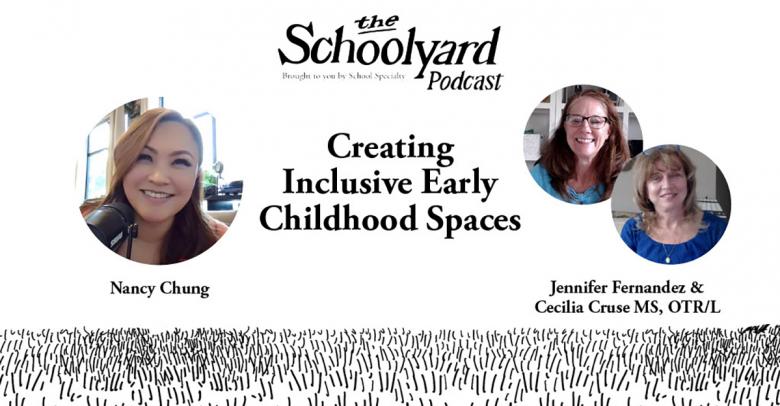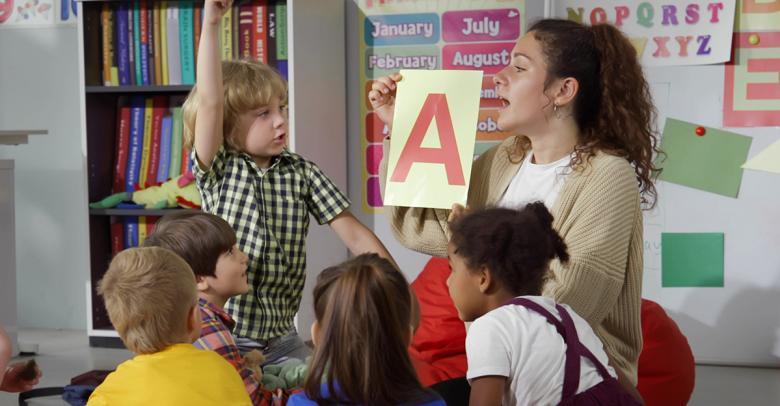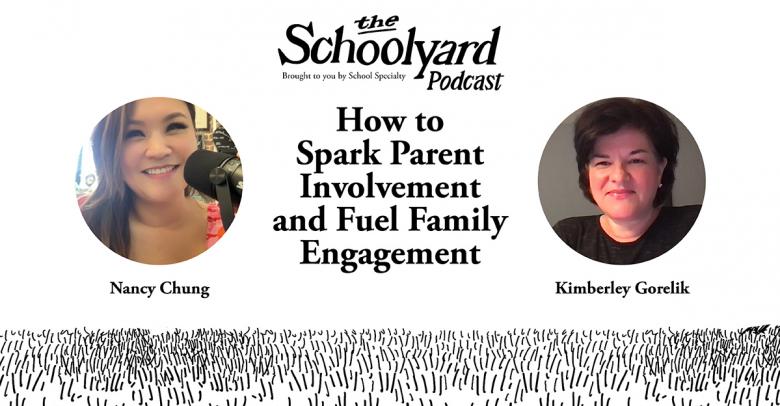Did you know… when you teach patterning to young children, you are preparing them for algebra? Algebra involves understanding patterns and relationships, so as we work on patterning with children, we are laying the foundation for this future learning.
Patterning skills do not just magically appear in children. Before they can even begin to pattern, they must be able to focus on particular attributes of materials or situations. Then they need to be able to make comparisons of similarities and differences in order to realize relationships among objects and situations. From there, they can use what they know about attributes to recognize, create, and extend patterns. Therefore, we must ensure young learners have lots of experiences with sorting, classifying, and ordering to build a solid foundation for patterning activities.
We can also support the development of patterning abilities by providing collections for sorting, classifying, ordering, and patterning. Because young children are egocentric, they believe everyone thinks as they do. When they see others sorting materials in various ways, they begin to gain more flexible thinking as they see other’s points of view or ways of doing something. Bringing collections with distinguishing features such as color, size, shape, texture, function, etc. allows for opportunities to pattern in multiple ways. Buttons with different numbers of holes or different shapes, shells with varying ornamentation, and fabrics of different textures all allow for more creativity as patterns are created.
Shop Early Childhood Fabric & Craft Supplies
Finally, we must support our students’ patterning efforts by planning activities that expose children to patterns both indoors and out. Taking children outside, when possible, to look for patterns in nature is an easy and fun way to explore patterning in our world. Going on a pattern hunt around the house can turn up patterns on clothing, furniture, toys and more. Doing these types of activities helps children see the relevance of patterns and how it connects to their own lives.
Now that we all know the importance of learning about patterns as it relates to children’s math education, it’s time to get creative in how we work with children. Keep in mind there is a sequence to developing patterning skills. Begin by having children copy a pattern you or someone else creates. Once that is mastered, children can extend a pattern started by someone else and then eventually begin to create their own patterns. None of this will happen immediately, as it depends on the child’s level of development, experimentation, and practice. Eventually, you should notice a progression in patterning abilities as children begin to create their own patterns and make them more and more complex.
The final thing to remember, as with all we do when working with young children, is to talk about what we’re doing. Naming the pattern (rough, rough, smooth, rough, rough, smooth), identifying what part is repeating, and asking questions like, “How did you know what came next in the pattern?” or “Can you tell me about your pattern?” will not only enhance the learning of patterning skills, but will promote key language development for children.
Hopefully you are inspired to work with your children on this foundational math skill and will have fun doing it. Children will enjoy the hands-on nature of the activities and are naturally attracted to finding patterns in their environment. Go forth and pattern and feel satisfied that you are preparing your youngest learners for a bright mathematical future!
Jennifer Fernandez
Jennifer has over 30 years of experience in education. She has degrees in Elementary Education, Spanish, and Bilingual Education and holds teaching licenses in Texas and Minnesota. She has taught PreK-2nd grade in general and bilingual settings, served as a professional learning specialist for seven years, and currently presents at state and national conferences.
Read more by Jennifer Fernandez–>







Leave a Reply